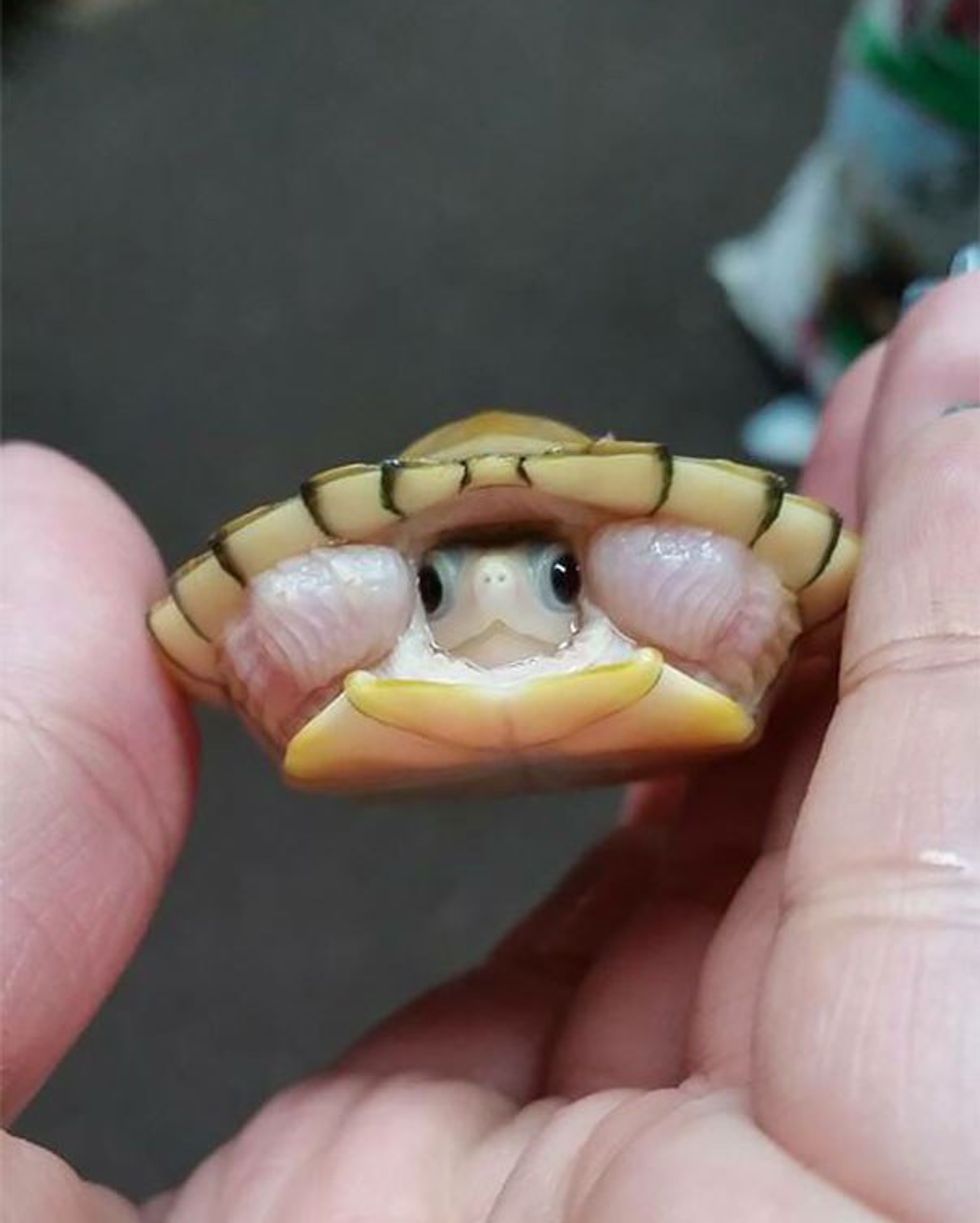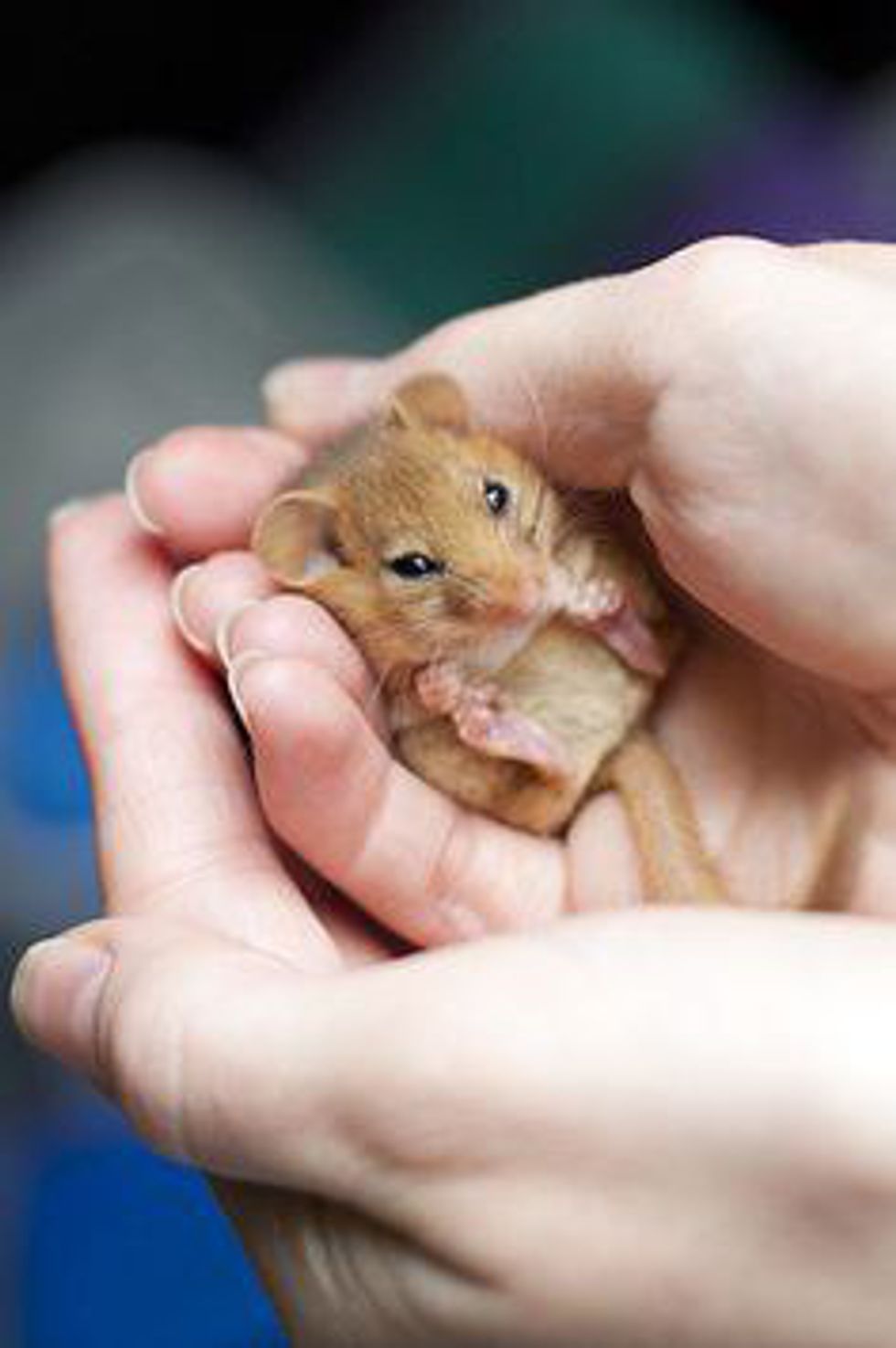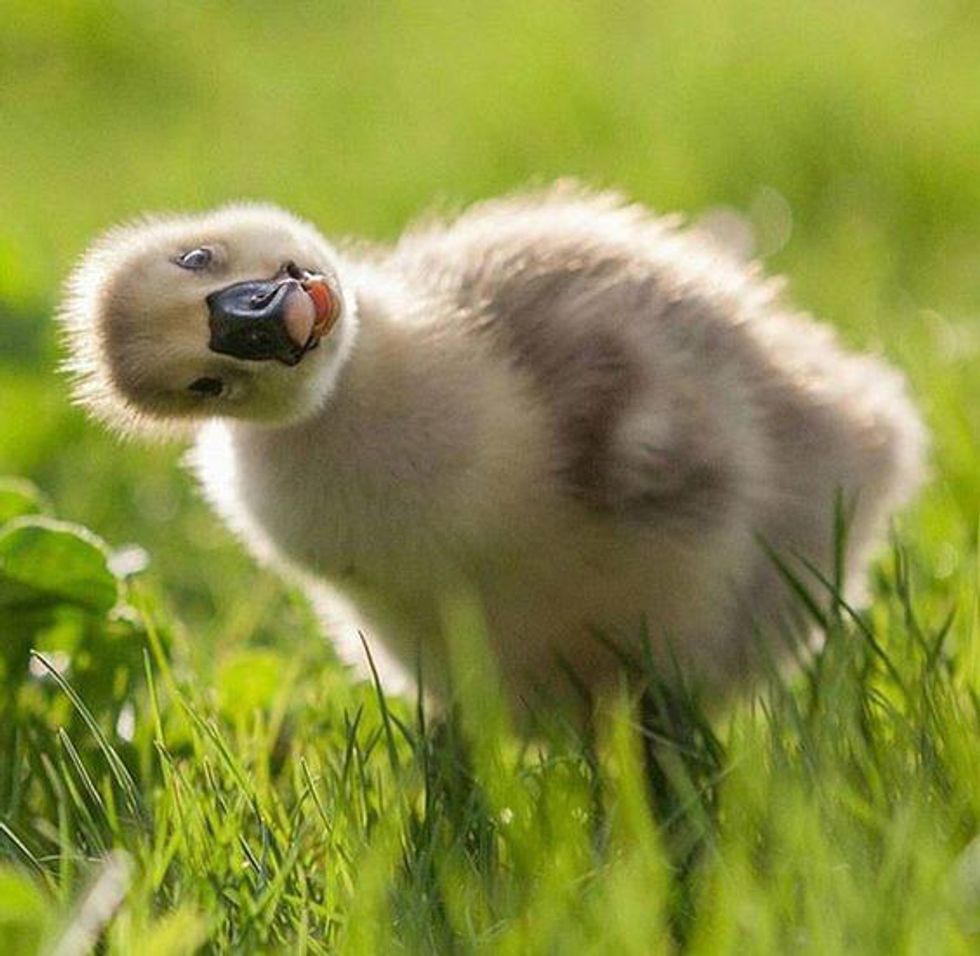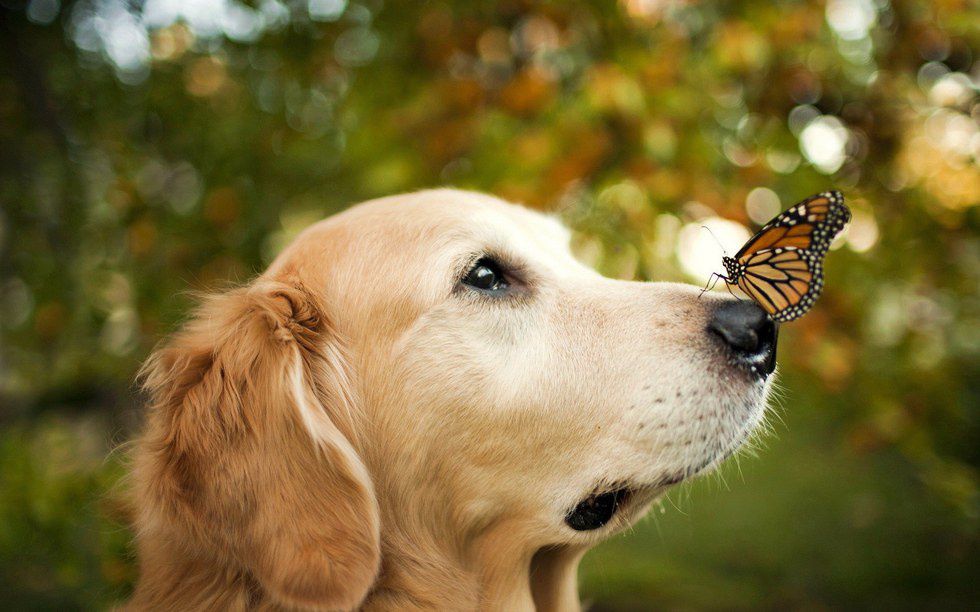Everyone loves cute images of animals. That’s why they circulate the internet and never seem to grow old. Such images are popular because they promote positive feelings. But how exactly do these images affect our behavior?
A study from Japanese researchers suggests that looking at cute images of baby animals can actually improve your concentration and performance. The study is from researchers at Hiroshima University and is titled “The Power of Kawaii”. In Japanese the word “kawaii” means “cute” or “adorable” and seems appropriately titled.
In three separate experiments, scientists were able to determine that people had higher levels of concentration after being shown images of baby animals. There were about 132 university students that were divided into the three groups. The first group was given the hand focused task of playing the game Operation; this is a game where the players have to attempt to remove small objects from a hole without hitting the sides. This game was played before and after viewing two types of animal pictures- adult animals and baby animals. Performance was increased after viewing each type of photo. However, after viewing the “cuter” photos of the babies, the performance percentage almost doubled, but the time it took to complete the task also rose by about 12%.
To assure that other types of tasks were affected by animal photos, the second group was given a purely numerical visual search task. Here the group was told to find a specific number from a sequence of random numbers within a time limit. Again, this group was asked to perform the test both before and after viewing both adult and baby animal photos. This group was also shown pleasant food images such as steak, sushi and pasta to see if they produced similar effects to that of the animal images. The viewing of such pleasant foods was reported as ineffective in improving performance while the viewing of cute images did have an increase in performance, similar to that of the first group. In fact, their scores rose by about 16%. And they were faster which also increased their scores by 13%.
The third experiment was a speed performance task and they were shown images of baby animals, adult animals and neutral objects. After viewing the baby animals, the results shows that participants performed tasks more carefully if they required a focused attention. Looking towards the future as to what these results could mean, the authors of the study wrote that “cute objects may be used as an emotion elicitor to induce careful behavioral tendencies in specific situations, such as driving and office work.”
So basically, we can all continue to enjoy our animal pictures with reassurance that we aren't just wasting our time away on the internet.












 StableDiffusion
StableDiffusion StableDiffusion
StableDiffusion StableDiffusion
StableDiffusion Photo by
Photo by  Photo by
Photo by  Photo by
Photo by 
 Photo by
Photo by  Photo by
Photo by  Photo by
Photo by  Photo by
Photo by  Photo by
Photo by 












